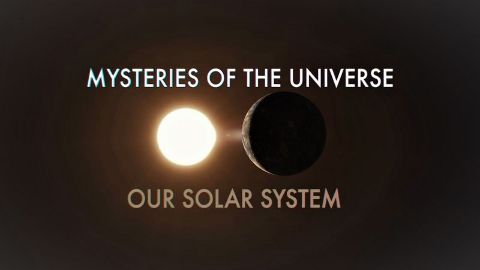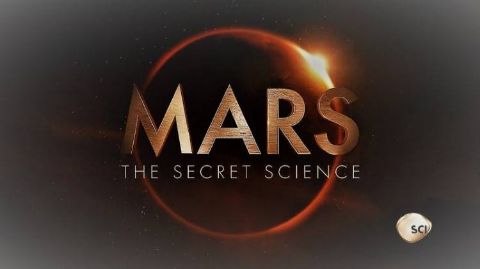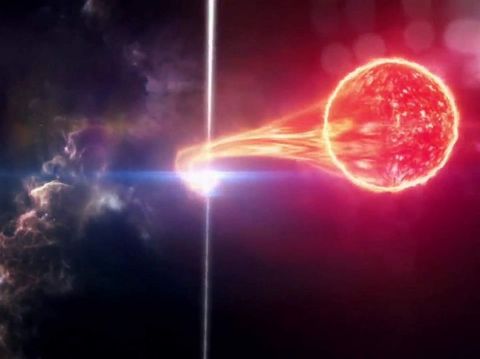Journey to an Alien Moon • 2010
Europa - an icy moon of Jupiter 485 million miles away from Earth - may be our best hope for finding alien life in our solar system. Everywhere we find water on Earth, we find life. What does this mean for the search for life beyond Earth? Scientists believe that on Europa there is a liquid ocean buried beneath its icy crust. To find out if this alien ocean holds life, well need to get there, penetrate the ice shell, and navigate in an alien sea. In this episode of Explorer, well plunge headlong into the challenges of discovery on an alien world. Well meet the scientists, adventurers, and engineers who are determined to launch a mission to Europa - and follow them through the challenges, frustrations, and triumphs that come with planning a distant mission to an alien world. Through high-end CGI and quests to the edge of our planet, well go on a journey to and alien moon called Europa. To answer the basic question: Are we alone in the universe?
Make a donation
Buy a brother a hot coffee? Or a cold beer?
Hope you're finding these documentaries fascinating and eye-opening. It's just me, working hard behind the scenes to bring you this enriching content.
Running and maintaining a website like this takes time and resources. That's why I'm reaching out to you. If you appreciate what I do and would like to support my efforts, would you consider "buying me a coffee"?
Donation addresses
BTC: bc1q8ldskxh4x9qnddhcrgcun8rtvddeldm2a07r2v
ETH: 0x5CCAAA1afc5c5D814129d99277dDb5A979672116
With your donation through , you can show your appreciation and help me keep this project going. Every contribution, no matter how small, makes a significant impact. It goes directly towards covering server costs.





